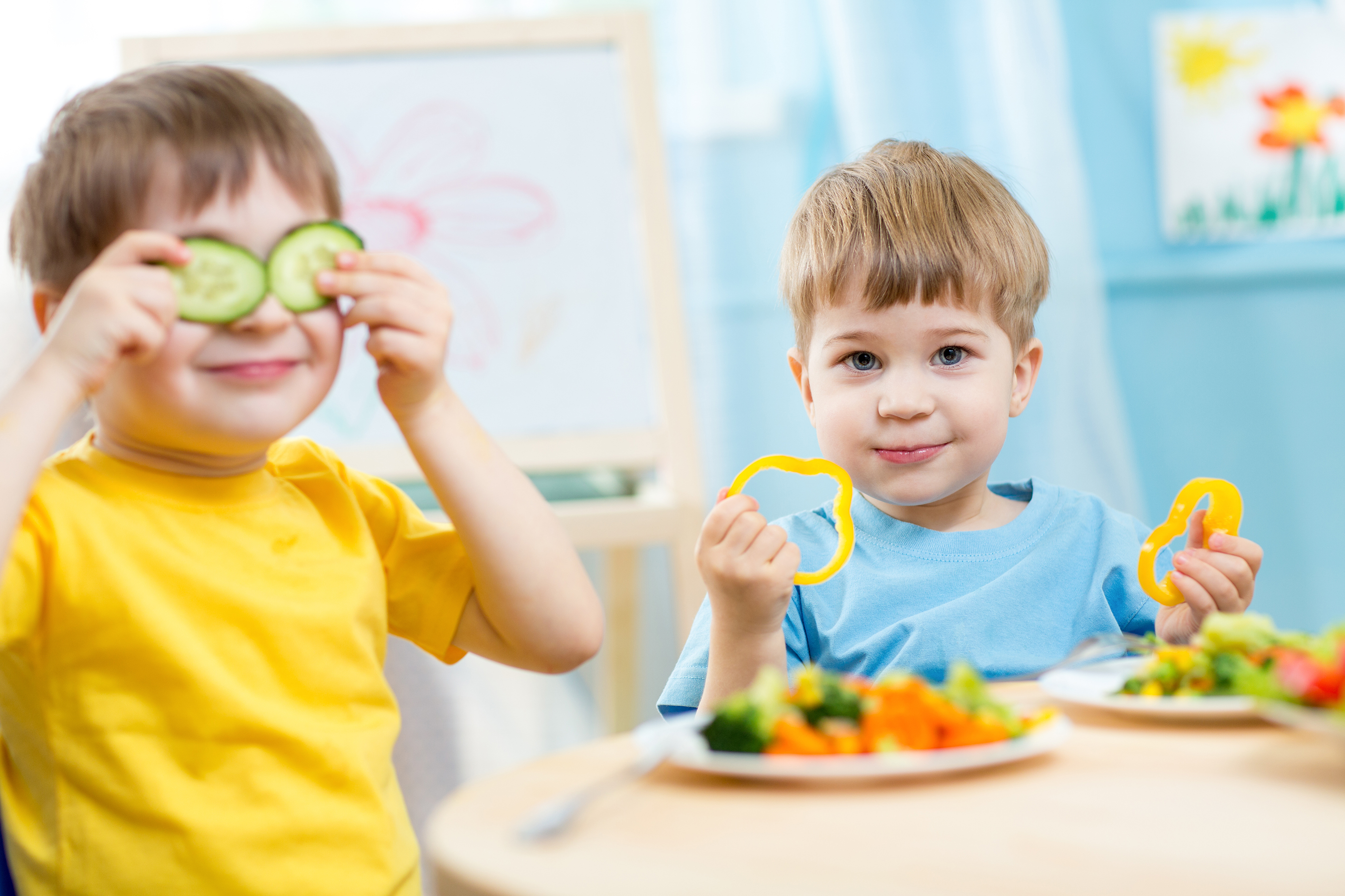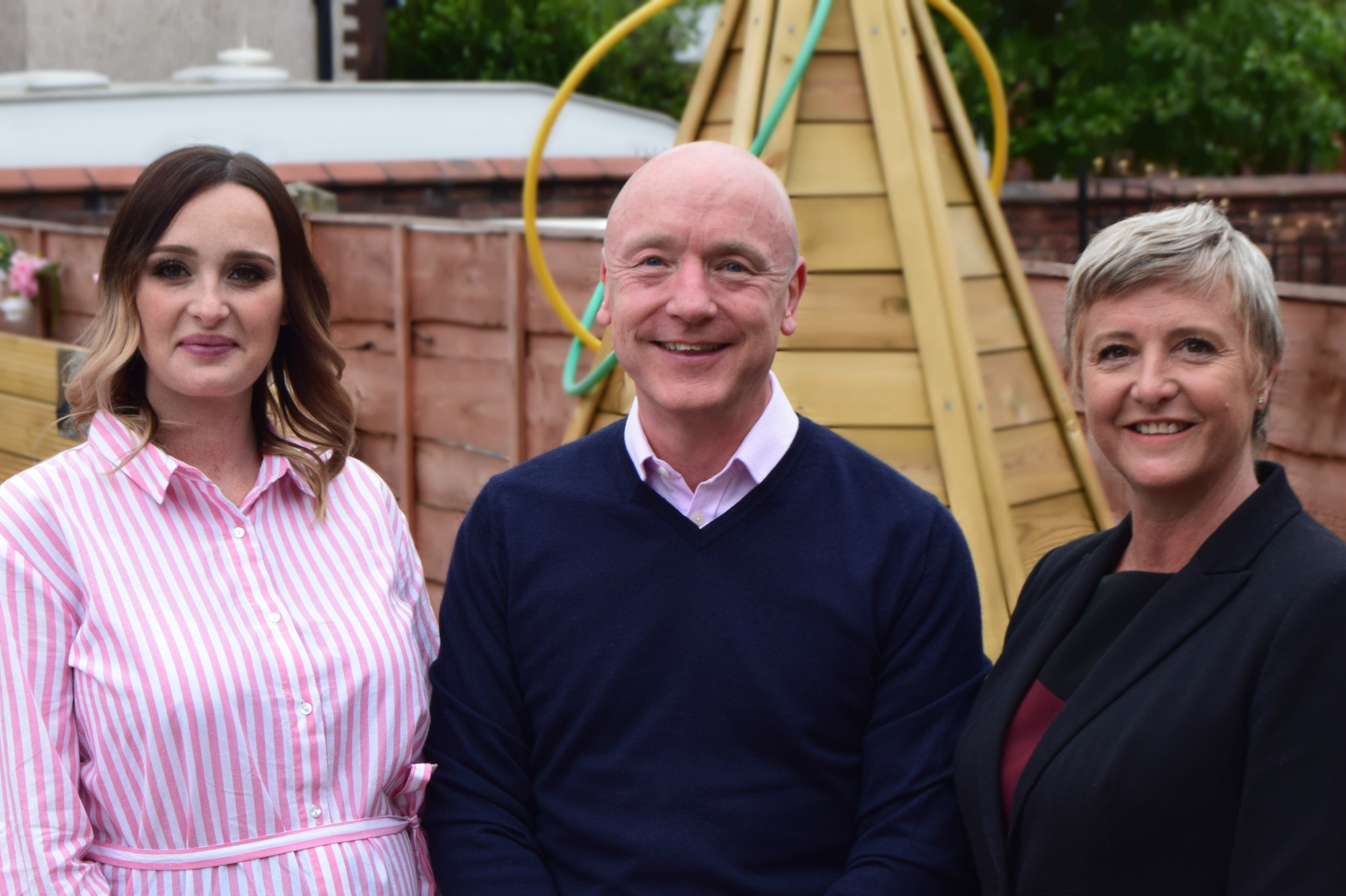Halloween is a great opportunity to celebrate the arrival of Autumn and gives you the opportunity to involve lots of Halloween EYFS activities in your setting throughout the week building up to children trick or treating.
There are lots of activities out there on the internet but to give you a helping hand our team at LearningBook have compiled our favourite Halloween EYFS activities to get your children in the mood for Halloween, whilst also incorporating meaningful areas of the curriculum of course.
1. Halloween Sensory Bin
Instead of the usual Halloween craft, why not try a sensory bin?
This is great sensory activity and keeps children engaged. Simply fill a tub or tray with your favourite materials, this can be water beads (to give that slightly slimey addition) or even black dried beans or dyed rice. Then on top of this include some creepy crawlies and other Halloween themed smaller pieces. To add additional elements to the activity, ask the children to describe what they’re feeling to encourage them to explore their senses.
You can also ask the children to name the different pieced they find from the bin and even group them based on colour or size.
[Expressive Arts and Design – Exploring and using media and materials; Mathematics – Shape, space and measure and Numbers]
2. Monster/Pumpkin Slime
This activity is perfect for encouraging young children and babies to experience new senses; an added bonus is that it’s edible!
Using melted marshmallows, cornflower, water and food colouring (we recommend green, orange, purple and black) to make the slime, ask children to pull and push the slime to work those little muscles.
[Physical Development – Moving and Handling; Expressive Arts and Design – Exploring and using media and materials]
3. Ice Cube Play
This one takes some pre-prep! Fill ice cube trays with water and pop in a spider, bugs or other Halloween themed pieced. Be aware that this activity is suitable for children over two years as the bugs can be very small!
Once the ice cubes are frozen place them on tray or onto the table for the children to play with. As the cubes melt the children can play with the bugs hidden inside.
Encourage the children to talk about what appears once the ice has melted or, if the children are capable, ask them to sort the small pieces in to different types, colours or count them.
[Expressive Arts and Design – Exploring and using media and materials; Mathematics – Shape, space and measure and Numbers; Communication and Language – Speaking]
4. Spooky Stories
A simple but effective activity is reading. There’s plenty of Halloween themed books that you can read to your children or ask them to try and read.
A classic, and no doubt somewhere on your book shelf, is “Room on a Broom” by Julia Donaldson. The story of a witch, a group of animals who help her, good manners, friendship and cooperation is fun to read aloud because of its rhythm and rhyme.
[Literacy – Reading; Communication and Language – Listening, Speaking]
5. Spider Hand Prints
Spider hand prints are great start to begin decorating your room ready for Halloween. It’s quite simple, requires few resources and can be done with children of any age.
Firstly, help paint the children’s hands with the black paint and press onto the paper. Once the handprints have dried cut them out and have the children glue on two googly eyes in the centre. You can use these on display boards or attach them to some string and hang from the ceiling.
[Expressive Arts and Design – Exploring and using media and materials & Begin imaginative]
6. Visit to a Pumpkin Patch
At Halloween nothing can beat visiting a pumpkin patch or going out to buy your pumpkins ready to decorate the setting.
Gather the children together and visit your local farm who you know grow pumpkins and pick some out. This visit will allow the children to experience a day out of the nursery or preschool and gives them some independence in choosing their favourite pumpkin to take away.
Don’t worry if you don’t have a pumpkin patch near by just pop down to your local supermarket to pick out a pumpkin or two!
[Understanding the World – The world & People and communities]
Don’t forget to search for more Halloween EYFS activities on the internet and on social media, including:











